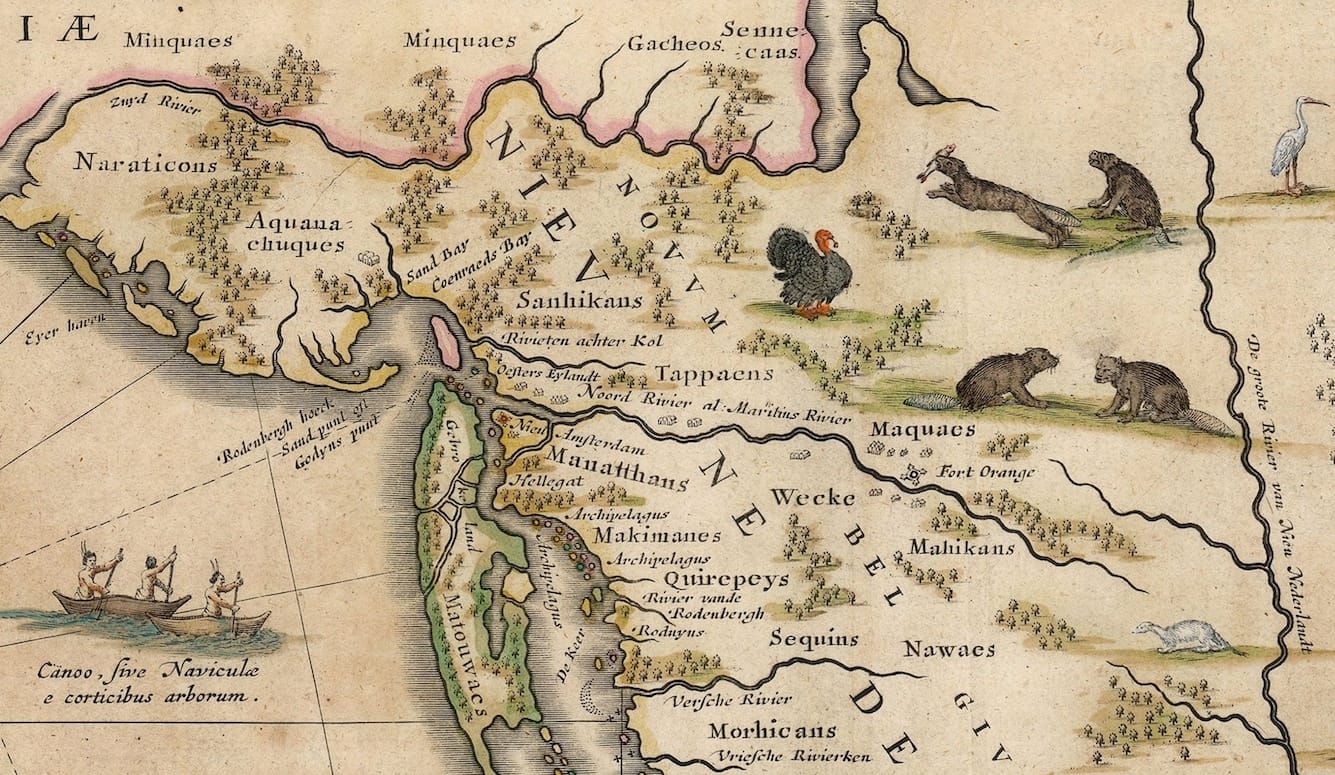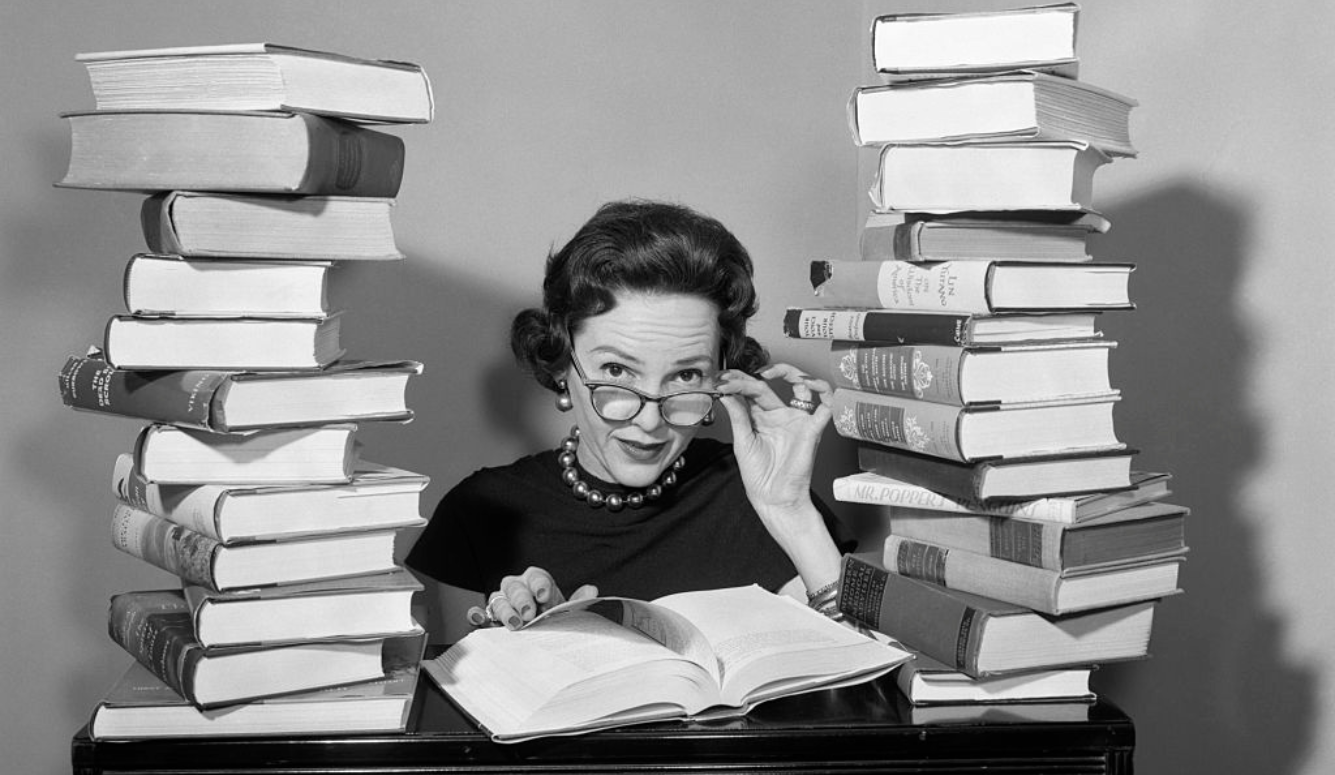Nations of Canada
Dutchmen on the Hudson
In the 21st instalment of ‘Nations of Canada,’ Greg Koabel describes how the arrival of Dutch fur traders sparked an upheaval in regional Indigenous geopolitics.

What follows is the twenty-first instalment of The Nations of Canada, a serialised Quillette project adapted from Greg Koabel’s ongoing podcast of the same name.
While this series is called “Nations of Canada,” readers will have noticed that many of the events being described did not take place in what is now Canada. There are two reasons for these excursions. The first is that in order to understand Canadian history, one must also understand the outside forces that influenced the Europeans who explored and settled the Americas. Hence our visits to Paris, La Rochelle, Rouen, London, Bristol, and other European cities.
The second reason is that the boundary between Canada and the United States is a relatively recent creation, and so applying it retroactively makes little sense. The seventeenth and eighteenth centuries would bring a massive and persistent movement of groups within the Great Lakes region and its geographical environs—Indigenous nations included.
All of which is to explain that while this instalment doesn’t take place in (modern) Canada, we will still be meeting what might be called Canadian peoples.
To set the context, let’s go back to Henry Hudson. As described in the fifteenth instalment, Hudson was an English explorer hired by the Dutch to find a passage to the Orient (as it was then called) around the north coast of Russia. But Hudson was what might (charitably) be called a free spirit, and so after some desultory explorations off the frigid Russian coast in 1607 and 1608, he took his crew to the other side of the world. There, they discovered what is now known as the Hudson River, a 500-kilometre-long waterway that flows due south from the Adirondacks and empties into the Atlantic at Manhattan.





